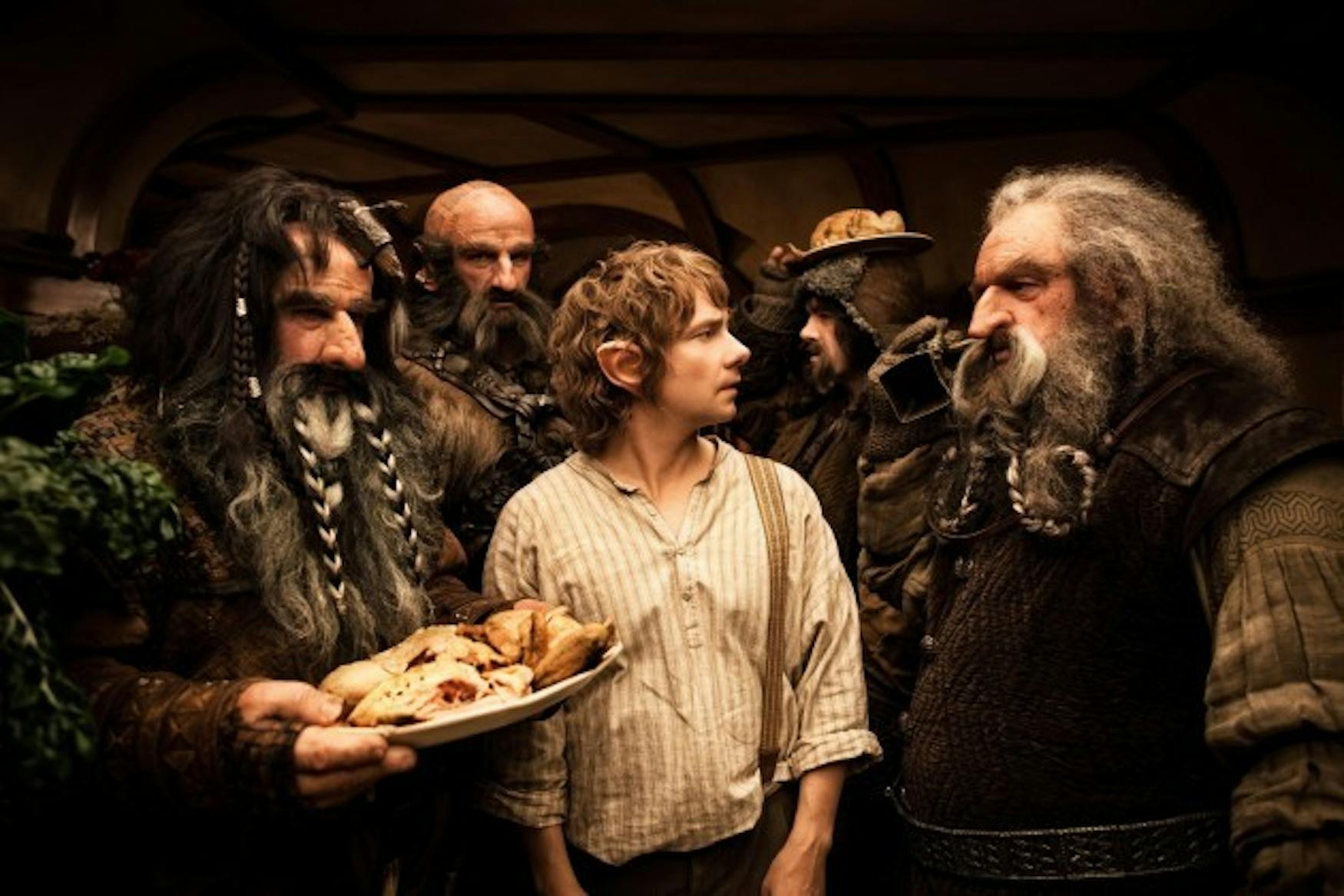Jackson expands upon Middle Earth universe
Between the years 2001 and 2003, Director Peter Jackson made cinematographic history when he accumulated 30 Oscar nominations, 17 Oscar wins and nearly three billion dollars in box office profits. But what production could have possibly achieved such unprecedented and tremendous recognition? Interestingly enough, it was J. R. R. Tolkien's Lord of the Rings trilogy, an action and fantasy series known for the immensely intricate background universe of Middle Earth.
Thus, when it was announced that Jackson would direct a live-action trilogy of Tolkien's The Hobbit, the 1937 prequel to the 1955 Lord of the Rings trilogy, excitement exploded throughout the entertainment world. However, The Hobbit is a much simpler, somewhat more childish tale than its successors and would be more difficult to mold into a tremendous film along the lines of The Fellowship of the Ring, The Two Towers and The Return of the King.
Jackson himself stated in an interview with Rolling Stone Magazine, "The Hobbit is a children's story, whereas The Lord of the Rings is much more adult, so whilst you could have made The Hobbit as a children's story if it was the first film, after The Lord of the Rings, I just couldn't see how you reconcile the tones of the two books."
The Hobbit: An Unexpected Journey, the first section of three-part Hobbit story, tracks the tale of Bilbo Baggins (Martin Freeman), a simple hobbit, on the first adventure of his life. Baggins aids a band of dwarves led by Thorin Oakensheild (Richard Armitage), son of the Dwarf King, and Gandalf the Grey (Ian McKellen), one of the five wizards of Middle Earth, in recapturing the Dwarves' homeland from the evil Dragon, Smaug.
Jackson's aforementioned struggle to mature the tale is evident in the film due to new subplots regarding vengeful Orcs, burnt-out wizards and necromancers resurrecting the dead, all of which were incorporated by Jackson in order to lengthen the movie, add depth to the otherwise simple tale and ease character development. Jackson was able to fit the 1,571 page long Lord of the Rings series into three movies, but cannot manage to fit the 310 pages of The Hobbit into anything less than three, already planned three-hour-long films. It is clear, much to many fans' disappointment, that The Hobbit trilogy has been crafted to earn maximum profits, though Jackson ferociously argues against this common accusation.
Nonetheless, Jackson's adaptation of The Hobbit succeeds in exciting viewers despite its ridiculous length. The film manages to properly balance softer scenes of Bilbo's emotional struggle with faster-paced episodes of fantastic, battle-riddled chases through mountains, caverns and fields. The dwarves are fantastically produced artistically and are portrayed in a manner that brings comedy-focus on the light-hearted side of the dwarves, with special attention to dwarvish diet and gruff culture.
Visually, Jackson can do no wrong when it comes to Tolkien's work. The scenery, the shots, the sets and the effects are tremendous and leave viewers consistently in awe. Very little, with regard to cinematography, can and should be improved. The film paints a gorgeous picture comparable in quality to those in the previous movies.
Jackson's cinematographic genius and many powerful performances allow for a wonderfully enjoyable film overall. Ian McKellen returns to one of the key roles of his career, Gandalf the Grey. Gandalf, portrayed as tremendously as in The Lord of the Rings trilogy, captures the power of the great wizard, showing his defeat of both enormous trolls and an evil goblin king. Freeman perfectly plays Bilbo, reflecting his nervousness and growing passion for adventure through a quirky personality. Perhaps the strongest characterization is Andy Serkis' Gollum, the twisted and essentially possessed creature, created by Serkis and significant motion-capture technology.
Even viewers who have only read The Hobbit, as opposed to Tolkien's entire body of work, or have not seen any of the film versions of The Lord of the Rings, will still be able understand the characters. Movie lovers should wait with awe and excitement for the next two portions of the trilogy, 2013's The Hobbit: The Desolation of Smaug and 2014's The Hobbit: There and Back Again, both of which are already in post-production.
*




Please note All comments are eligible for publication in The Justice.